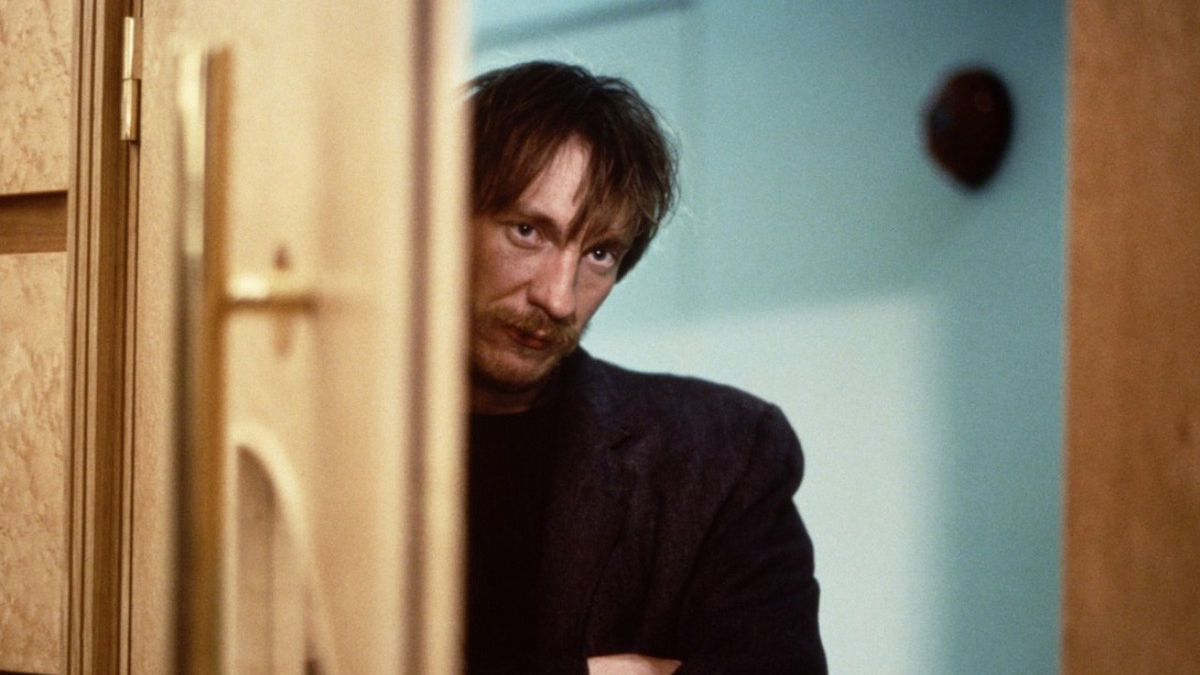
Almost a century ago, audiences gathered in theaters so as to behold Maria Falconetti’s face in “The Passion of Joan of Arc” and drift on all those layers of emotion that pulse behind that sight. Some decades later, audiences stared at Andrei Tarkovsky’s foggy dreams as taking the shape of a perceptible object on the big screen, or even navigated through the psychographic labyrinths of chromatic antitheses that emerge in Jean-Luc Godard’s cinema.
Nowadays, after all these years of climactic creativity and rapid technological progress, it has been clear: Cinema is the art of capturing the ineffable; it’s the art of expressing the deepest and the most elusive ingredient of a human’s mind, projecting it on a canvas of color, shadow, wonder, and perspective.
Providing all these forms of artistic expression and creation, cinema comprises its own language and has the ability to deliver very organically and independently almost any kind of content. But even within this semiological context, the seventh art has incorporated glorious moments of oral expression. Films amaze through a wide variety of textures and qualities, but still, dialogue can sometimes be the predominant advantage of a motion picture. Let’s have a look at some of the most clever, comprehensive and well-composed film dialogues of all-time.
10. Dr. Strangelove (1964)
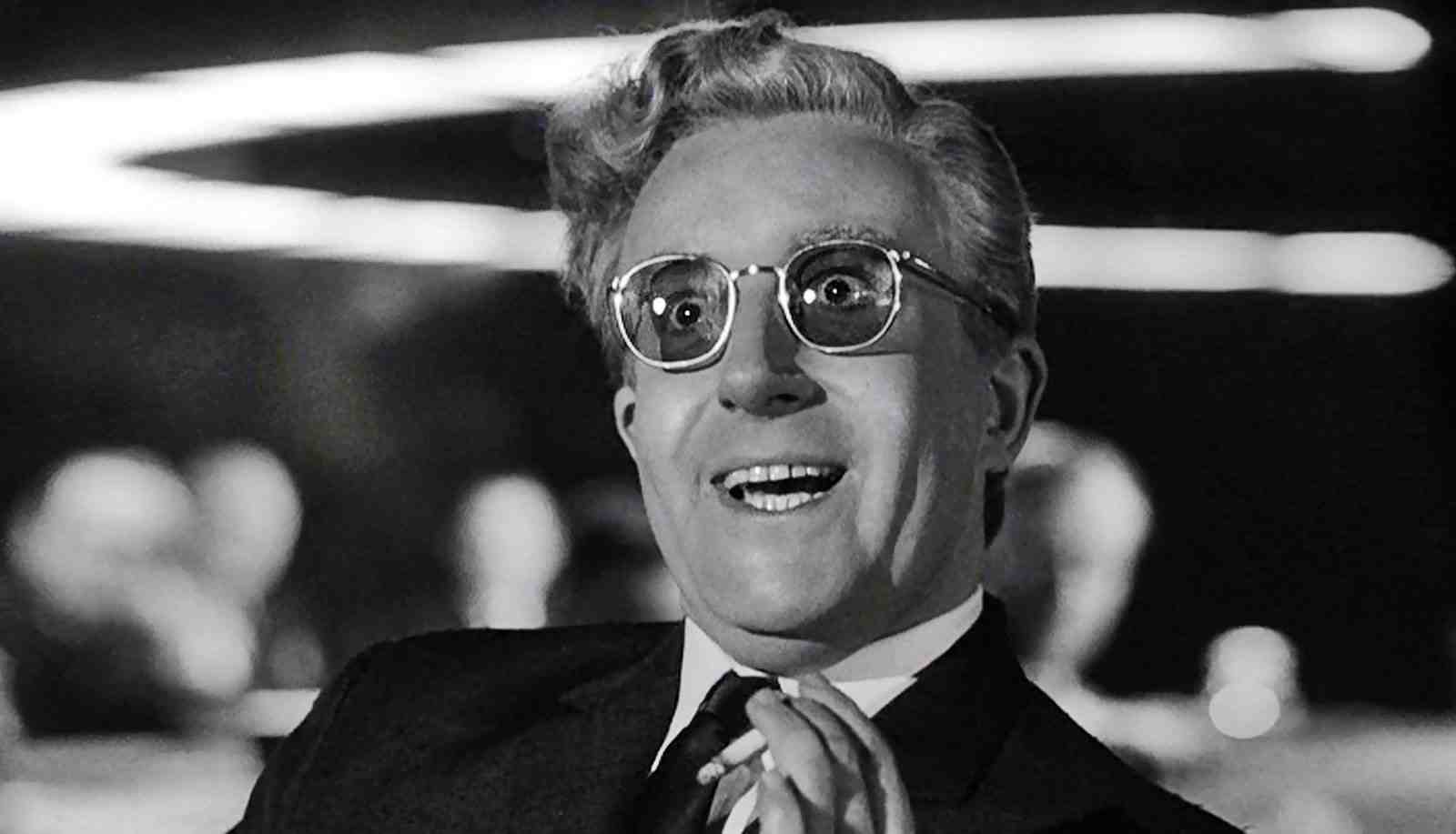
Perceived as a weird dream or as a political parody, Stanley Kubrick’s 1964 “Dr. Strangelove or: How I Learned to Stop Worrying and Love the Bomb” is definitely one of the most well-crafted black comedies of all-time. At first sight, the exposure of realistic characters and situations under a quite surrealistic light makes one wonder if the natural response requires laughter or terror. This is exactly the film’s power: it comprises a spectacle that you can easier experience than understand.
Unlike any other film about Cold War, “Dr. Strangelove” keeps the pitch-black ambience of the setting as an element of the high contrast black-and-white synthesis of its frame, while the story’s absurd mood is centered on the observation of intensely caricatured army officers, delightfully embodied by a flawless cast, including Peter Sellers and George C. Scott. Throughout the film’s entire timespan, these characters shine on a thin line that defines the contact spot of the darkest and paler aspect of the human psyche.
Like the finest distillation of a thought-out script, the picture’s dialogue content remains absolutely brilliant from the first moment until the last. Simultaneously wry, psychographic and allegoric, every single conversation in this film exposes an aspect of the timeless political chaos, while reporting the era’s sociopolitical manias. Remaining at the lonely top of its own unique genre, “Dr. Strangelove” is a bold satire which observes the leaders and lawmakers through a deforming prism which denotes the humane.
9. Claire’s Knee (1970)
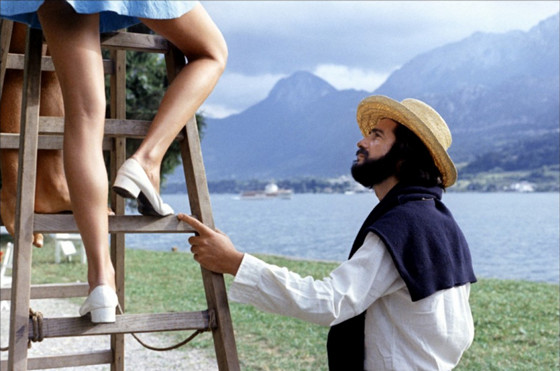
Éric Rohmer’s films always express their anthropocentric gravity center through profound, character-driven plots. Being a significant member of the French New Wave society, Rohmer dealt with innovative subjects, which were consistently emerging on his own artistic canvas, by means of cinematic language and aesthetics.
His 1970 “Claire’s Knee,” as abstracted in its official poster, could reenact in cinematic terms a nude portrait that contains so much of substance in just one frame. The story is focused on Jerome, a middle-aged intellectual, whose erotic appetites wigwag between two significantly younger yet diverse girl figures during his summer vacation at a lakeside resort.
Is this the portrait of a womanizer? Jerome seems to represent the kind of middle-aged men that are found in denial of aging, seeking self-acknowledgement through meaningless sexual involvement. Yet, on this over-exposed postcard of a psychosomatic trip, Jerome appears to be the most naked character of all. Along the way of a well-deliberated sequence of conversations, “Claire’s Knee” succeeds in becoming a painstaking study of the erotic behaviors and interactions. This is Éric Rohmer at his best.
8. Coffee and Cigarettes (2003)

“Cigarettes and coffee, man, that’s a combination”…
You can almost smell the smoky scent of this film, mixed with the diffused abashment of its characters, as it flows over that chess board table. It is one of those films that one starts to watch in curiosity. And then, while watching the subtle yet aching conversation depicted, a decisive conclusion occurs: Jim Jarmusch has got the style, but he’s also got something to say.
Artists, aspiring lovers, and alienated relatives: at the end of the day, they’re all ordinary people that could make an effort of communication, accompanied by coffee and cigarettes. If one attempts to watch people talking in coffee places and bars, they would easily fathom the feelings emerging in facial expression, in body language, even in disguised words.
“Coffee and Cigarettes” suggests that in a world of organized rules and chaotic dispersion of behavioral standards, it’s not easy to be yourself. Still, among a welter of words that occupy the void of social diversity, everybody finds a meeting point at the level of bad habits. In Jarmusch’s cinema the ordinary and the paradoxical are two aspects of the same coin, whereas Nicola Tesla’s theories meet the modern indie culture.
7. Spider (2002)
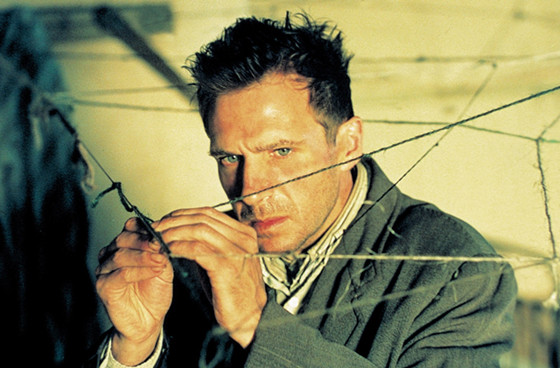
As in the case of most of David Cronenberg’s films, “Spider” isn’t really an easy task. The viewer must attempt a hard effort in order to relate with the mentally ill hero of this story, or even just comprehend some aspects of his mental state. In the end, the plot’s oddities have led to the mere observation of a psychotic or the dialogue’s shiny edges of intellect have subtly unlocked the tight mysteries of this disturbed heart.
Embodied by Ralph Fiennes in a way that creates chills all along the spine, the film’s main character is introduced to the viewer as he moves from a mental hospital to a halfway house. A sequence of associative thoughts progressively interlaces the spider net of his mind, which spins around the epicenter of one dominant figure: his mother. Every woman he meets is a twisted version of his deceased mother, whose violent dead traumatized his childhood.
Engulfed in the abyss of his stained past, he has become a spider that ambulates on the trembling pathways of his labyrinthine net. In the middle of it, a both beloved and hated mother holds all of the threads. Her words to her son about her own invisible net will hunt you forever.
6. American Beauty (1999)
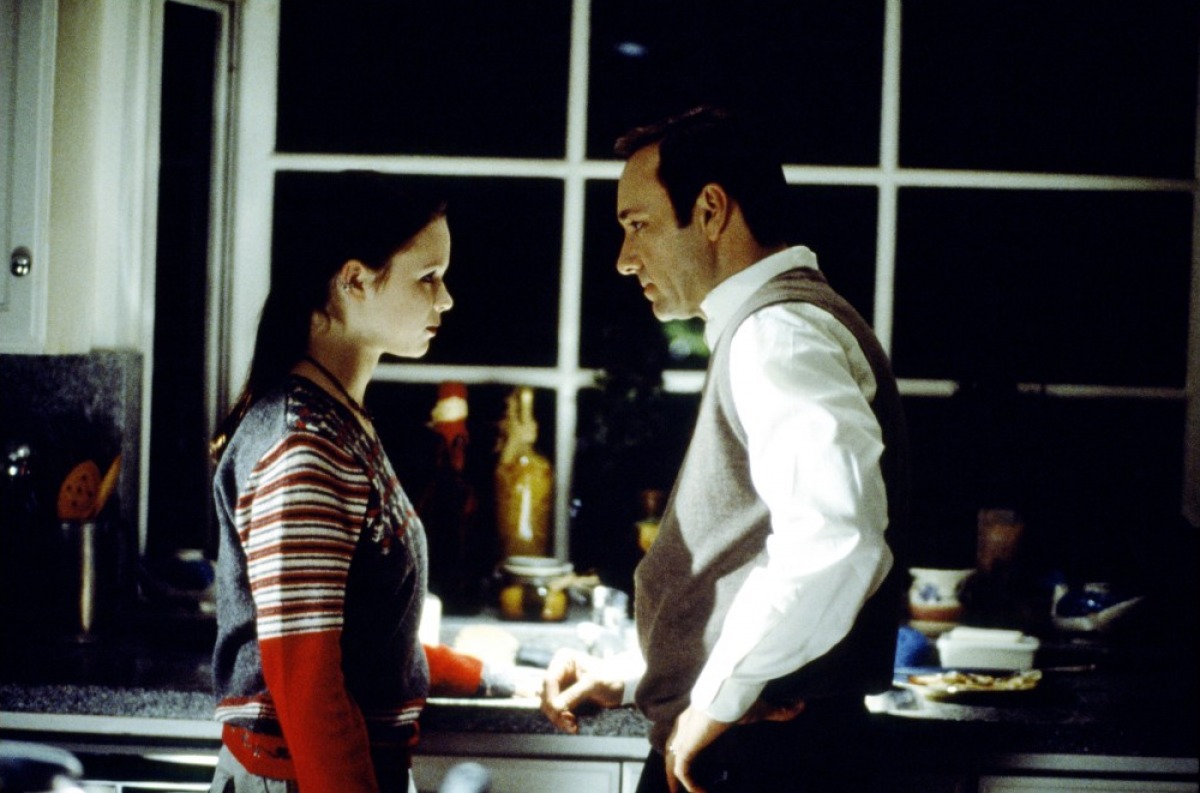
Existential topics have always been in the foreground of the universal cinematic landscape, approached by various psychological aspects and projected under diverse cultural lenses. The seventh art’s legacy counts numerous existential masterpieces that have exposed and dealt with all of the elusive humane ingredients. Repeatedly viewed and well-discussed by a wide audience since its occurrence, “American Beauty” occupies a sole mountaintop of aesthetical and contextual glory.
Of course, Lester Burnham is the tragic hero of this dark anthropocentric piece— the loveless, the ordinary, and the philosopher of his own routine. But all of the rest main characters assist the hopeless daily flood of existence that moves underground until drowning everyone and everything in its untold misery.
In its fragile silences, in its hunting melodies, as well as in the hidden glances of its solitary creatures, “American Beauty” portrays an aspect of modern corruption and alienation that used to be more than real back then, as it still does today. A painful emotion is always triggered by the experience of Lester’s life, springing from its simultaneous emotional beauty and ugliness.
Dominating a place of pictorial beauty and social incisiveness, Sam Mendes’s emblematic work is much more than an over-rated Oscar winner. In terms of allegory, rawness of content, dialogue and aesthetics, this picture is one of a kind.